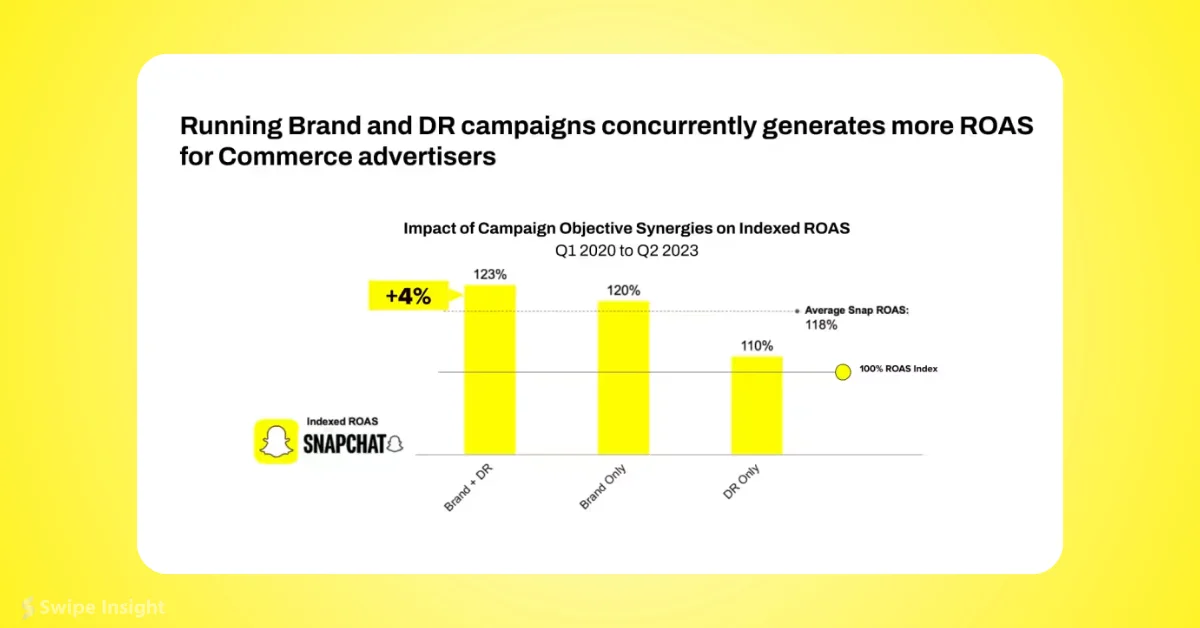A recent report from Snapchat has shed light on the shortcomings of last-click attribution in today's complex digital marketing landscape. The study emphasizes the need for more comprehensive measurement strategies to accurately assess marketing effectiveness, particularly when targeting younger demographics.
Key Findings:
Shift in Marketing Priorities: 70% of global marketers planned to increase performance marketing and reduce brand-building spend in 2024, driven by economic uncertainty.
Desire for Change: 74.5% of marketers are either moving away from last-click attribution or wish to do so, according to an eMarketer study commissioned by Snap.
Misalignment with Shopping Behavior: Last-click attribution fails to capture the non-linear path to purchase, especially for Gen Z and Millennial consumers.
Upper Funnel Oversight: 72% of marketers agree that last-click attribution tends to ignore the upper-funnel journey, including social media and creator influences.
View-Based Conversions: A TransUnion meta-analysis found that 89-96% of the incremental value from non-paid search channels came from view-based conversions.
In-Store Preference: Nearly two-thirds of Gen Z prefer in-store shopping to online, a trend that last-click attribution struggles to track.
Brand vs. Direct Response: Marketing Mix Modeling (MMM) revealed that brand ads outperformed direct response ads in ROI, with a combination of both performing even better.
Implications for Marketers:
Holistic Measurement: The report advocates for a more comprehensive approach to measurement, incorporating tools like Marketing Mix Modeling and experimentation solutions.
Three E's Framework: Snapchat promotes a measurement and optimization framework based on Execution, Experimentation, and Evaluation.
Audience Insight: Understanding the unique shopping behaviors of younger demographics is crucial for effective marketing strategies.
Brand Building: The study suggests that over-reliance on last-click attribution may lead to underinvestment in brand-building activities.
Omnichannel Approach: Recognizing the importance of both online and offline touchpoints in the customer journey is essential for accurate attribution.
This Snapchat study highlights the evolving nature of consumer behavior and the need for marketing measurement to keep pace. As the digital landscape becomes more complex, marketers are encouraged to adopt more sophisticated attribution models that can capture the full impact of their marketing efforts across various channels and touchpoints.




















